If you’d like to learn more about Explorer Summer Kids’ Camps, then visit their website or Facebook page
Travel
STA, 27 April 2021 - Checkpoints on Slovenia's border with Italy and Austria, introduced to help contain the coronavirus epidemic, will be removed under a new decree that takes effect on Wednesday.
The checkpoints on Slovenia's other internal Schengen border, with Hungary, remain in place, the government has decided.
Another change is the recognition upon arrival of PCR tests performed in Australia, New Zealand, Canada, Israel and Russia.
So far only PCR tests from the EU, non-EU Schengen zone members and the UK were recognised in lieu of a mandatory quarantine.
There are also some minor changes regarding the red list of countries from which arrivals must quarantine unless they produce a negative test, proof of vaccination, or are among the exemptions to the quarantine requirement.
Among European countries, Finland is no longer on the red list and Malta has been added. There are also changes for individual administrative units of Portugal, Greece, Spain and Norway.
STA, 26 April 2021 - Accommodation facilities across the country, which is largely in tier orange of restrictions, can reopen in a limited scope today, each allowed to accept guests in no more than 30 rooms. Also allowed from today are sport events and competitions, although without spectators.
All guests must prove they are not infected with coronavirus, either by producing a negative test, a vaccination certificate or proof of having recovered from Covid.
The exceptions are children under 15 holidaying with their parents or carers.
All accommodation facilities can also offer wellness services, such as swimming or sauna, yet only for their guests.
The tourism sector has welcomed the latest easing of restrictions, but said it comes at very short notice and under some unreasonable conditions.
The cap on rooms makes larger accommodation facilities unprofitable, so many have decided against reopening, especially where it is too cold to serve food outdoors.
Anže Čokl, who runs the 100-plus room Bohinj Eco Hotel in the Alpine region of Gorenjska, said every hotel has high fixed costs and makes loss if at least half of its rooms are not full.
"Our goal is to get to the main season hoping it will be a good one," he explained the reason for straying closed.
Gostišče Uh in the town of Rateče near the Planica ski jumping centre will open all of its five rooms above the restaurant.
Its head Sonja Kavalar said if necessary, they will serve food in rooms, saying business owners should adapt, which can be hard at first.
Marcela Klofutar from Linhart Hotel&Bistro in the town of Radovljica pointed to some absurd restrictions - non-tested staff can serve business guests indoor, while ordinary guests can only be served outdoors by staff that has been tested.
She also pointed to the issue of privacy when staff should check whether a guest has a negative coronavirus test. "There are still many open issues."
Hotel owners are also cautious in Slovenian Istria, that is in the coastal Obalno-Kraška region, which is, unlike Gorenjska, one of the three yellow regions with a better epidemiological situation.
Smaller facilities, especially family hotels, find it easier to adjust, with some having already purchased rapid antigen tests.
Larger facilities, such as Sava Turizem and Talaso Strunjan, will offer 30 rooms to tourists only at the facilities which have been allowed to operate as exceptions to the closure because they offer services for sport events, business tourism and treatments at spas.
Sport competitions without spectators, and training in bubbles, as well as recreational sport activities for up to ten participants are allowed as of today.
Athletes that will compete and their teams as well as trainers of recreational sports need to get tested if they have not been vaccinated or already recovered from Covid.
Is there a more iconic or famous view of Slovenia than that of Bled Lake and its island? It seems unlikely, which is why it’s a definite step in the right direction and a sign of better days to come that yesterday, Saturday, 24 April 2021, saw the reopening of the island to visitors, along with the resumption of services from the unique pletna boats to take them there in style.
More broadly, cafés, bars and restaurants all over Slovenia are now free to serve customers in their outside areas, although limited to between 7am and 7pm, and thus other arrangements are needed if you wish to enjoy the sunset with a drink or something to eat.
In the three regions currently at the yellow level of restrictions, namely Obalno-Kraška (aka the coast), Goriška and Pomurje, customers can even sit indoors, although only under conditions that industry bodies have called unrealistic and absurd. To be specific, guests can only avoid the sun and fresh air and venture inside an establishment serving food and drink if they can prove they’re not infected with coronavirus by showing a negative test, or present evidence they’ve been vaccinated or have recovered from COVID-19. One inside customers will then need to keep 1.5m apart, and all tables are supposed to 3m apart.
While not yet able to enjoy such novel dining and drinking experiences, the other nine regions of Slovenia did move down from the red to orange level of restrictions on Friday, which in addition to outdoor hospitality service means that the ban on travel between regions was lifted – leading to a rush to the Croatian coast – along with the reopening of cinemas and theatres.
STA, 24 April 2021 - Juliana Trail, a 270-kilometre hiking trail circuiting Slovenia's highest peak, Mount Triglav, has been declared Best Europe Tourism Project by the British Guild of Travel Writers (BGTW).
The trail is run by the Julian Alps Community, whose coordinator Klemen Langus said he was glad the project won the recognition also for its sustainable orientation and clear philosophy.
The trail was launched in 2018 to reduce the strain of visitors on Triglav. The 16-stage trail mostly runs through villages and visitors are encouraged to use public transport to access it.
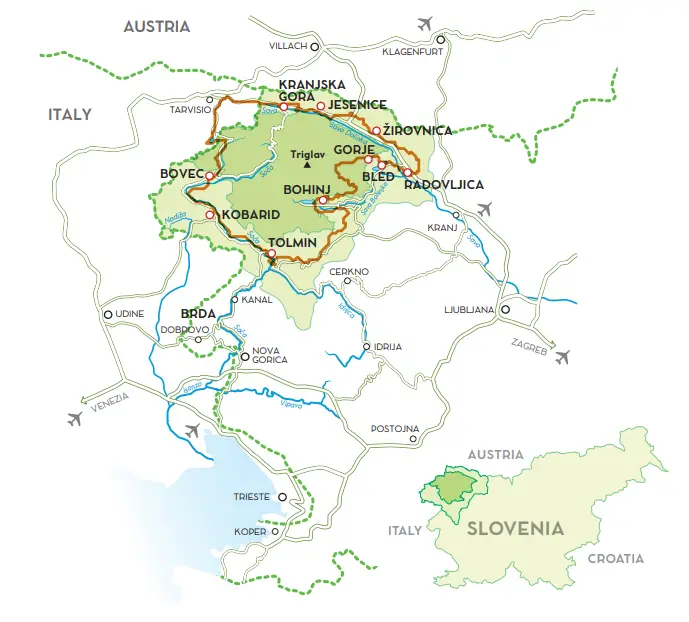
Map - source: slovenia.info
The Juliana Trail Presents Some of the Best Views & Hikes in Slovenia
Quoted in a press release from Tourism Bohinj, Langus said the award was also a responsibility "to truly honour the commitment we made when we started the trail and the criteria it follows".
"The trail runs through unknown corners and should affect many elements of local development in the Julian Alps: the negative demography, development of farming, public transport. It is designed to direct the visitors and thus protect the environment," Langus said.
Outside Magazine Walks the Juliana Trail
Nominated by BGTW member Rudolf Abraham, the trail was one of the six finalists in the running for BGTW International Tourism Awards in the Best Europe Tourism Project section, along with another Slovenian project, the Secret Rooms of Hotel Jama, Postojna. The winners were declared at an online event on 18 April.
Juliana Trail is a first-rate example of a tourism product that has a positive effect on the local community as well as on the environment, the release from Tourism Bohinj quoted BGTW chairman Simon Willmore as saying.
STA, 24 April 2021 - Waiting times of up to 45 minutes are reported from border crossing with Croatia as Slovenians headed for their favourite holiday destination at the start of the May Day school break on Saturday.
With the lifting of some of the coronavirus restrictions, including the ban on travel between regions yesterday, traffic had been expected to get busy with holidaymakers and day-trippers.
Cars waited about 45 minutes to enter to Croatia at the Dragonja crossing and about half an hour at Sečovlje. Delays are also being reported on the motorway heading towards the coast, mainly due to roadworks, and on the motorway toward Maribor.
Anita Leskovec, a spokesperson for the Koper Police Department, told the STA the delays at border crossings were not due to any problems with border controls.
She said people had prepared well for crossing the border and mostly had all the necessary documents and Covid proofs with them.
Where Can I Get a COVID Test in Slovenia?
To enter Croatia, passengers need a negative PCR or rapid antigen test no older than 48 hours, or a certificate proving they have recovered from Covid-19 within the past 180 days or have been vaccinated against it. Children up to the age of 7 are exempt if they travel with parents or carers that meet one of the valid conditions.
STA, 22 April 2021 - The government has decided to expand the exceptions for quarantine-free entry into Slovenia to people vaccinated with the Chinese and Indian produced Covid-19 vaccines. It has also made several changes to border restrictions. The new decree will enter into force on Sunday, while some new rules will start to apply on Monday.
Under the new rules, quarantine-free entry to Slovenia will be possible with a negative PCR test not older than 48 hours issued also in the UK or US, not only the EU or Schengen Area countries.
Those who recovered from Covid-19 must present a positive result of a PCR test that must be at least 10 days old and not older than six months unless the person's doctor says otherwise. A doctor's notice that a person recovered from Covid-19 also suffices if no more than six months has passed since the start of the symptoms.
Acceptable are documents issued in the EU, Schengen Area, the UK and US.
The list of vaccines that enable quarantine-free entry to the country has been expanded from Pfizer/BioNTech, Moderna, AstraZeneca, Johnson & Johnson, and Russian Sputnik V to also include Indian Serum Institute/AstraZeneca and Chinese Sinovac Biotech and Sinopharm.
People returning from business trips abroad who have a negative PCR test that is not older than three days will no longer be required to be tested again. This will apply to members of the police force, other state bodies and accredited journalists and will take effect on Monday.
Those crossing the border to help other persons or do maintenance work on their real estate will now have three days to return to the country. This too will enter into force on Monday.
Quarantine-free entry into Slovenia with a negative test taken within the last three days is also being allowed to citizens of EU or Schengen Area countries who have been to one of those countries for up to 72 hours to provide care or assistance to family members or persons in need of care, or to do maintenance work at a private property they own, lease or use.
The red list of EU and Schengen zone countries was amended for Finland [ed. with Uusimaa, Southern Finland and Western Finland on the list], and Malta was removed from the list. Barbados is off the list of red third countries, while Malaysia, and Saint Vincent and the Grenadines were added to it, the Government Communication Office said on Wednesday.
If you’re travelling within the EU, check out the official “Open EU” webpage to see what’s possible
STA, 10 April 2021 - The government has expanded the list of exceptions for entry in Slovenia without quarantine or the need to produce a negative PCR test, to include accredited journalists and persons who enter the country for emergency reasons. Coronavirus tests performed in the US and UK have meanwhile been added to the list of valid tests at border crossings.
Under the new decree adopted late on Friday, added to the lists of exceptions are accredited journalists on an official trip abroad and persons coming to Slovenia to take measures relating to elimination of health, life or property risks or material damage, and who are returning home within 12 hours.
Moreover, work migrants and persons posted to perform cross-border services will no longer be ordered to quarantine if they produce a negative PCR or rapid antigen test not older than seven days under the condition that they return to Slovenia within five days. So far, this applied only to daily work migrants.
In addition to PCR tests or certificates confirming that a person has recovered from Covid-19 performed or issued in the EU member states or the Schengen Area, those performed or issued in the US and UK will also be valid for entry to Slovenia.
There are also some changes related to red-listed countries, as the entire Austria is now in the red, as well as Denmark. All administrative units of Spain are also in the red except for Extremadura, Galicia, Balearic Islands, Murcia and Valencia.
STA, 8 April 2021 - The Constitutional Court has stayed a provision of a government decree which restricts travel to countries on Slovenia's red list of high-risk countries due to Covid-19, pending its final decision.
In a decision published in the Official Gazette on Thursday, the court invoked its right to stay legislation to prevent the occurrence of irreparable damage.
It said the decree, adopted by the government in late March, "severely restricted" the right of all those with residency in Slovenia, Slovenian nationals as well as foreigners, whereby the rules for leaving the country are stricter than for entering.
The right of individuals to leave the country is enshrined in many international legal instruments and is key to the functioning of a democratic system.
It may be restricted only in the pursuit of a legal and constitutionally admissible objective, whereby individual circumstances must be considered and the limitations may not cause discrimination.
"The continued implementation of the contested provision would encroach on the right of a large number of residents of the Republic of Slovenia to leave the country."
"It is also necessary to consider that limitations on the freedom of movement may cause other consequences to physical and mental health, property, family life and other areas that are hard to rectify or irreparable," it said.
The decision was passed in a 8:1 vote following petitions by three applicants, with judge Klemen Jaklič dissenting.
The government decree, which governs measures on the border designed to minimise Covid-19 transmission, entered into effect on 29 March.
It banned travel to all red-listed countries - all of Slovenia's neighbouring countries included - except for individuals who have been vaccinated, convalescents, and a narrow set of exemptions.
One way to avoid the ban was to pay a EUR 400 fine under the communicable diseases act.
In one instance last week, the Administrative Court issued a temporary injunction allowing an applicant to leave the country without paying a fine.
Interior Minister Aleš Hojs said the decision meant Slovenia would not be able to get rid of the virus soon, adding that Constitutional Court judges were not accountable and were incapable of decisions save for temporarily staying legislation.
Asked whether it was possible the decree will be adjusted, he told the STA people would be allowed to leave the country freely, but entering would not be so simple anymore.
An interview with Steve Hartley, the Osilnica-based camp director from Australia.
At Explorer Camps you’ve had a lot of contact with children of all ages and their families. What impact are these virus affecting times having on our children?
Statistics gathered before covid show that 1 in 5 teenagers are living with a mental illness.
Sounds unbelievable, right? We didn’t believe it when we were first presented it in our youth mental health training for camps, but it’s actually true.
The truly scary part is that it's more likely to be 1 in 4 adolescents or even 1 in 3. This is because it’s based on diagnosed cases, and considering that many children simply won’t go through the formal steps of getting a formal diagnosis done then … the number is without doubt higher!
And remember, this is all from BEFORE we got hit by this virus.
Related: Slovenia’s Foreign Entrepreneurs: Steve Hartley, Explorer Summer Kids' Camps
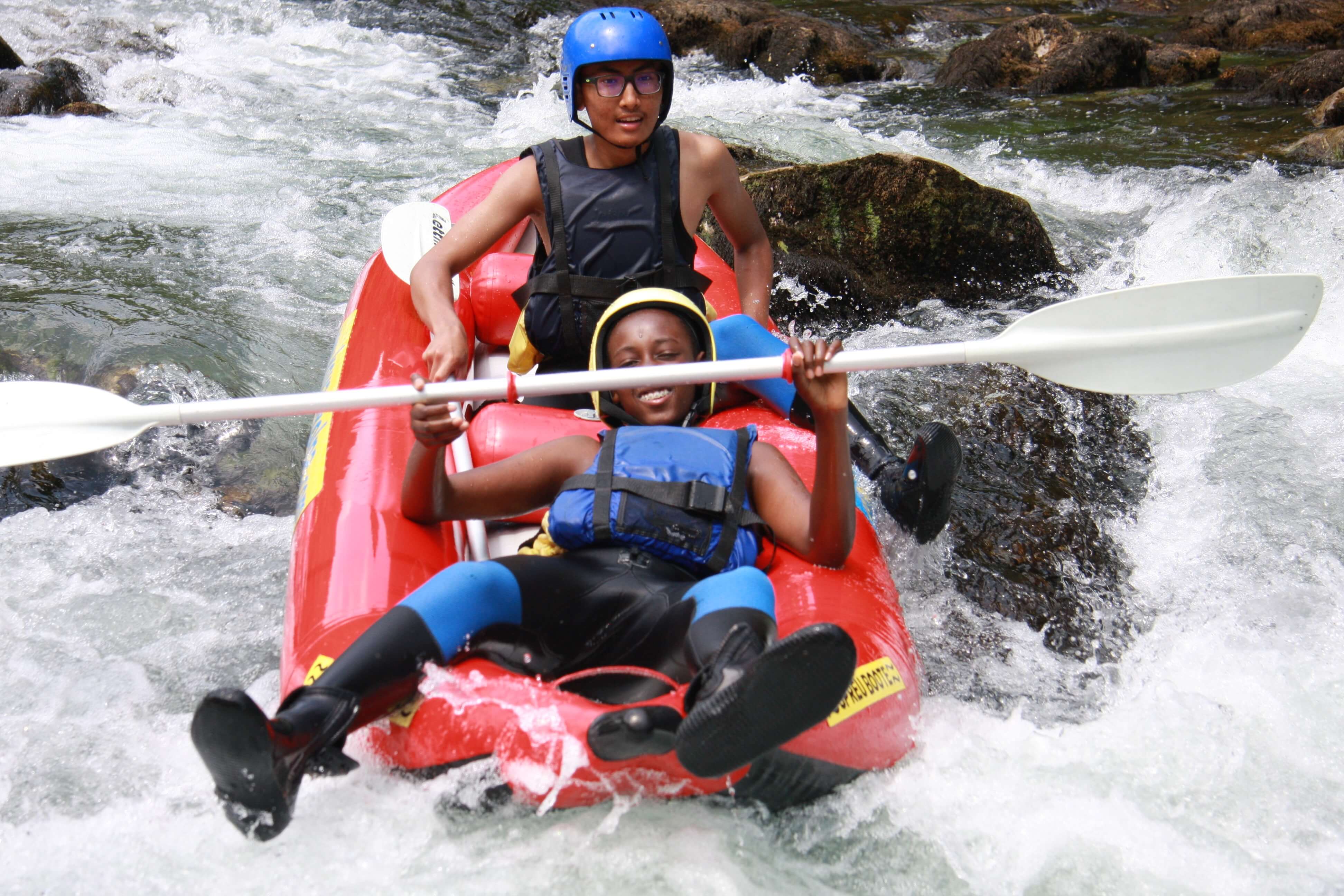
Shocking statistics. Is it safe to say that our youngsters could be experiencing some form of mental health crisis?
This is the cold hard truth facing all parents and it paints a very troubling picture for the future. Reportedly, over 25% of our teen population is living with some kind of mental illness and recent times have led to this number being even higher.
A recent poll from C.S. Mott Children’s Hospital shows that the mental health effects of the pandemic are more likely to have a significant impact on teenagers. It says that 46 percent of parents say their teen had shown signs of a new or worsening mental health condition since the beginning of the pandemic in March 2020.
Even our adults are feeling the effects. According to the Kaiser Family Foundation, 4 in 10 adults have reported anxiety or depressive disorder symptoms during the pandemic.
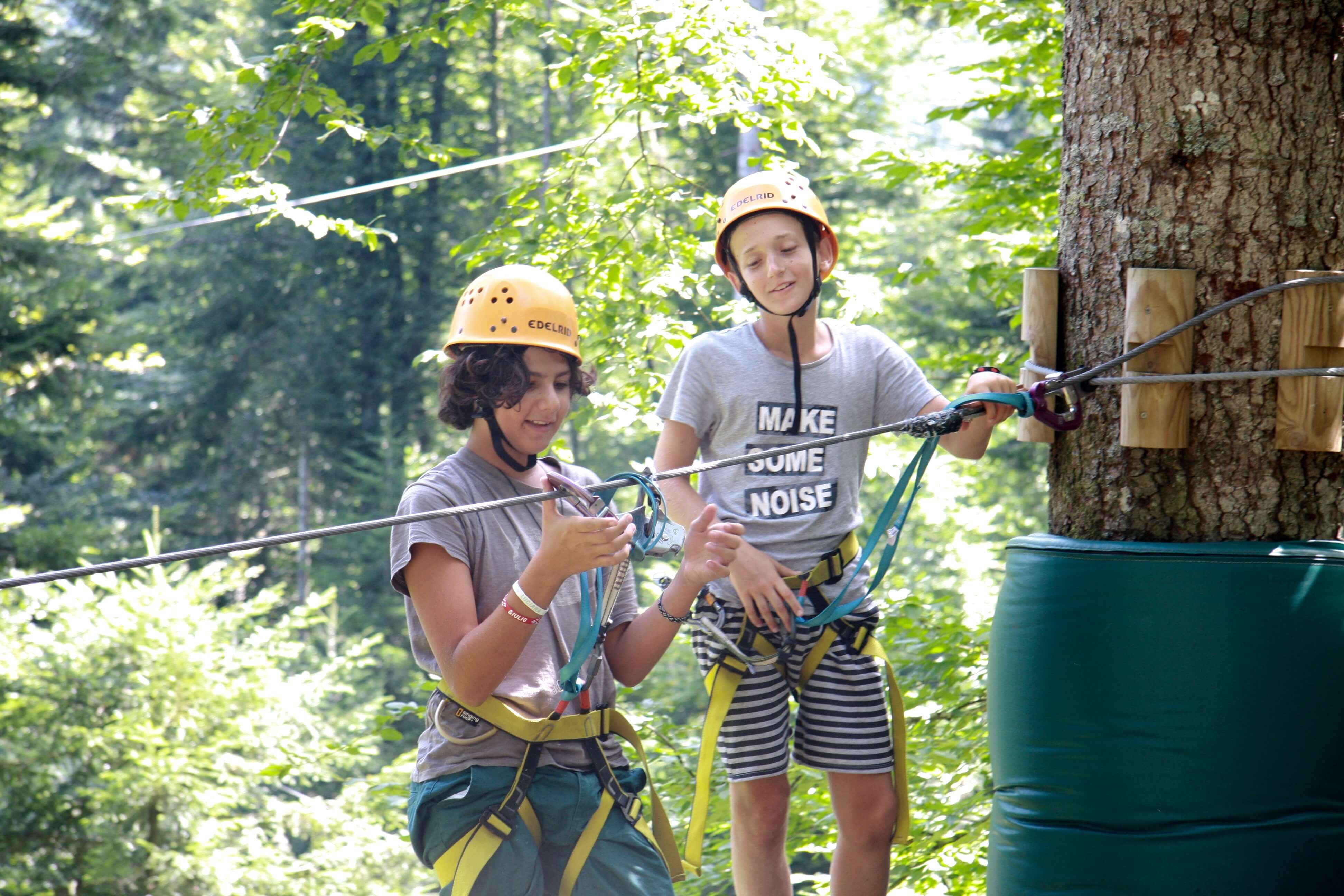
So, children aren’t alone in this mental health crisis?
Not at all. The summer camp industry is calling it a ‘collective trauma.’ From grandparents to grandchildren, from rich to poor, all ages, classes and levels of society. Everyone has lost something. Maybe they’ve lost a loved one. Maybe they’ve lost a life experience such as graduation, or dropping off their children at kindergarten for the first time, or getting married. Maybe they’ve lost a job or income. Everyone has lost something which has led to this ‘collective trauma.’
Do you think that our youth is especially impacted?
Judging by recent polls, limited studies, and personal experiences … yes.
In ‘normal times,’ if we can even say there’s such a thing, our children turn to their parents or adult like figures for guidance. However, during the pandemic parents simply don’t have the answers because no one really does …. so, who can the youth turn to next? Google. And then it gets even more confusing! Maintaining a positive state of mental health is becoming increasingly challenging for our youth.
For example, it’s been widely reported in the US that suicides rates have gone up during the pandemic.

Is this suicide rate being reflected in Slovenia?
It’s difficult to know at this stage as such information isn’t really public knowledge, especially amongst children. However, an example is Clark County in the US which has experienced over 20 teen suicidal deaths since the start of the shutdown last March which represents an over 67% increase on the previous year. Very worrying times as the pandemic has been solely blamed for this outcome.
They definitely are. How about we look at what the mental state SHOULD be. What is pre-teen and teenage mental health?
Mental health is a way of describing social and emotional wellbeing. Children need good mental health to develop in a healthy way, build strong relationships, adapt to change and deal with life’s challenges.
Parents should be asking whether their pre-teens and teenagers:
- Feel happier and more positive about themselves and enjoy life.
- Have healthier relationships with family and friends.
- Do physical activity and eat a healthy diet.
- Get involved in activities.
- Have a sense of achievement.
- Can relax and get a good night’s sleep.
- Feel like they belong to their communities.
There is one BIG question though …
… in the current COVID affected times where children have been repeatedly restricted to their homes without direct contact with their friends and usual extra-curricular activities and been constantly glued to their screens …
… is it actually possible for parents to answer positively to all of these questions? I’ve got my doubts.

You brought up ‘screen time’ which seems like a buzzword in these times. Do you think the overuse of technology plays a major role when it comes to youth mental health?
According to experts, it’s definitely a contributing factor and is why Explorer Camps has been tech free from our conception. We’ve always believed in the importance of our youth detoxing from electronic media as much as possible and in these times it’s even more vital than ever.
Some studies are suggesting that screen time is up over 180% when compared to already high use prior to the pandemic, so it’s frightening even contemplating just how badly affected our youth are and what the long-term impact may be.
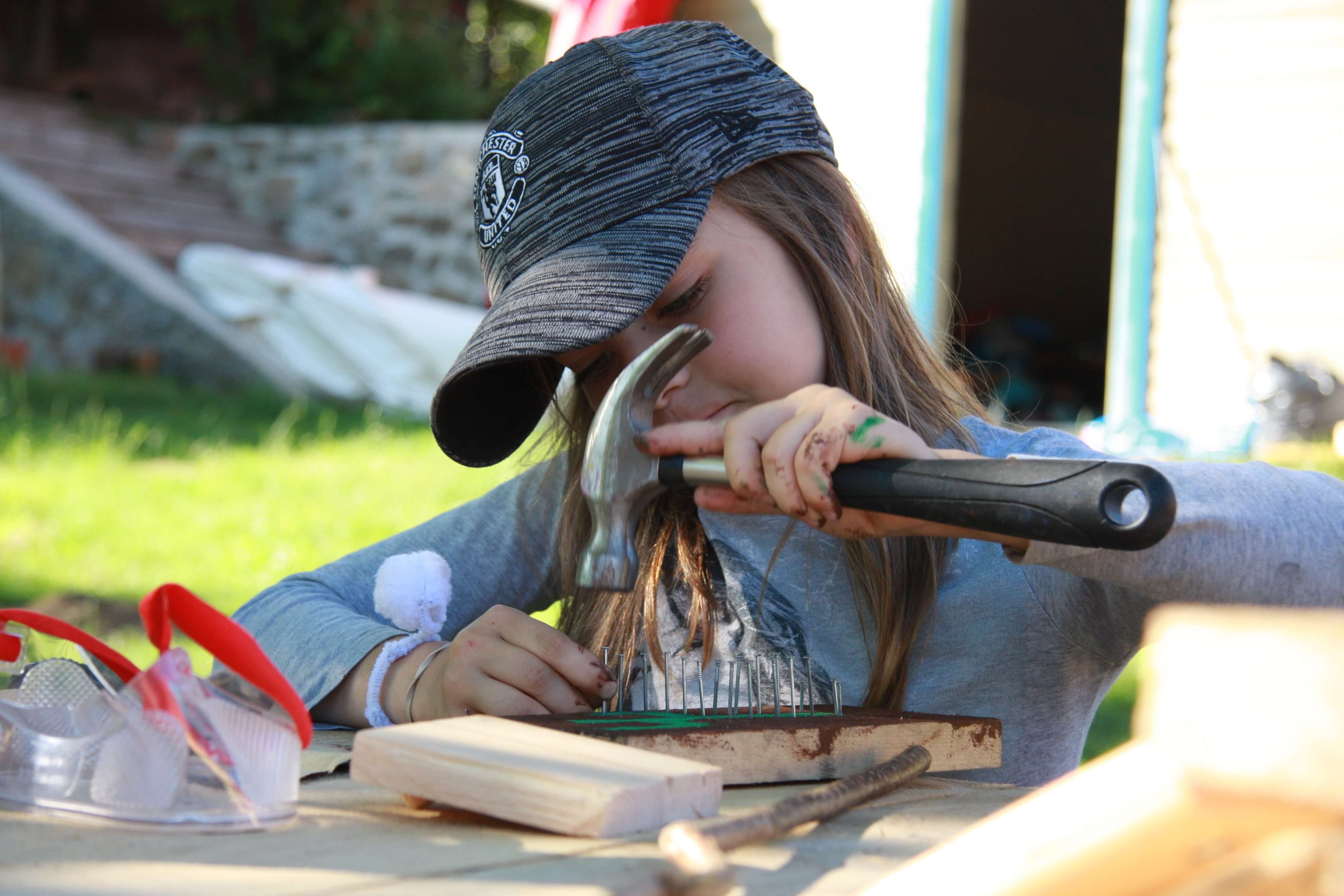
What could some of these impacts on our youth be?
There was an interesting study, pre-covid of course, which highlighted that one in three girls is unhappy with their appearance by the age of 14. Whereas, only a year before the number was 1 in 7. This incredible drop off in less than a year is credited to the significant increase of screen time amongst teenagers. And this was before covid remember.
This is just one example of many apparent negative consequences of screen addiction which we’ve covered in an article we wrote, with anxiety and depression being the clear issues of many that arise from our dependence on electronic media.
Is it safe to say that depression amongst teenagers is the biggest concern for parents?
In fact, no. Looking at that 1 in 5 number, 33% of these teenagers are diagnosed with anxiety related disorders whereas depression is 17%. Depression without doubt is something we all need to be aware of, but it isn’t as prevalent as mass media would like us to think.

What are some signs parents can look out for in connection to anxiety?
Again, I’m certainly no expert on this area but when it comes to anxiety, we train our summer camp staff to be aware of:
- Children constantly seeking reassurance through questions
- Excessive worry
- Easily distracted and/or fidgeting (playing with the hands, grabbing things)
- Not being able to sit still
- Stomach/headaches that have no physical cause
- Excessive sweating & physical discomfort
It’s also possible that children detach themselves more from their families, and can also display a little more aggressive tendencies whether that be verbal or physical. One of the key areas to look out for is difficulties in sleeping.
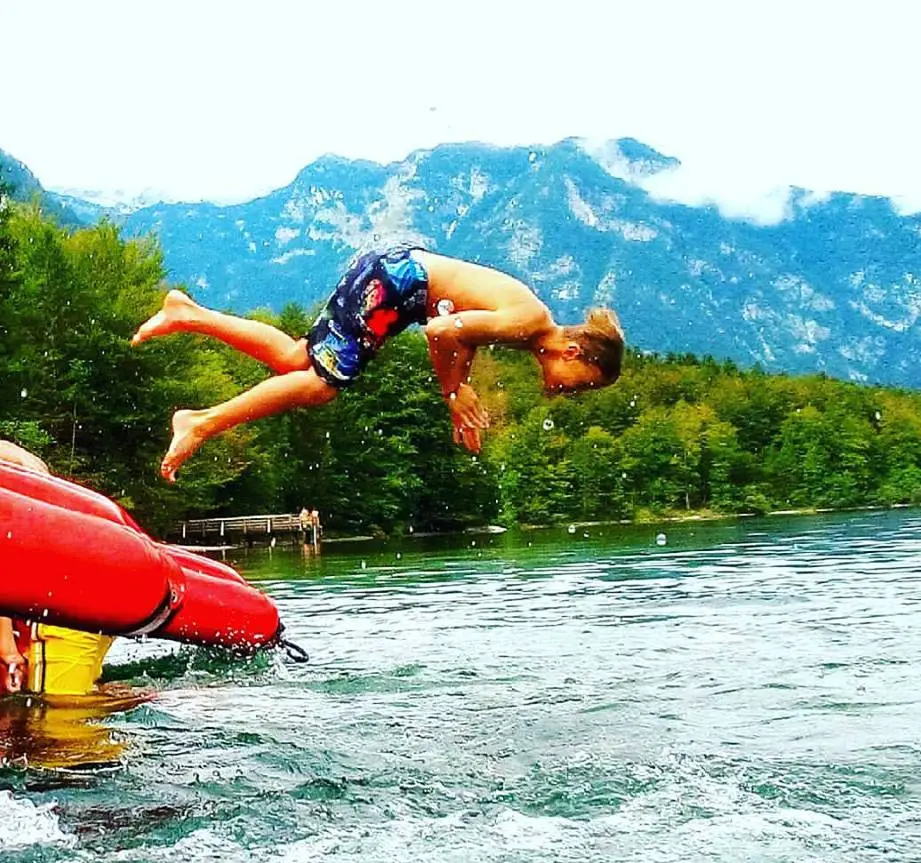
Sleep is one of the areas parents will see affected the most. Why is that?
Well, the excessive screen time has definitely had its impact on children’s sleep patterns. But we could also point to the lack of structure in our children’s lives due to the everchanging school and extra-curricular schedules. We can even talk about the heightened stress response, in other words flight or fight, due to the complete confusion of how to react to the virus. What do children do? It’s a very challenging time for everyone and sleep seems to be paying the price for it.
You mentioned earlier that your summer camps are conducting specific mental health training. Could you tell us more?
It’s something we’ve been wanting to do for a number of years now, however we could never find the right organisation to give us adequate support. There are some mental health trainings in the UK, but nothing specifically for summer camps so it took some time to find L.E.A.D. which is based in the US.
Adding to this, it’s been difficult planning for it with the uncertainty around the camps. At present I’m going through the process of getting officially certified as an instructor in Camp Mental Health so I’ll not only be able to train our staff but also our teen campers who also want to complete such training. Maybe it’ll be too early to officially certify all of our staff for this summer though. We’ll see.
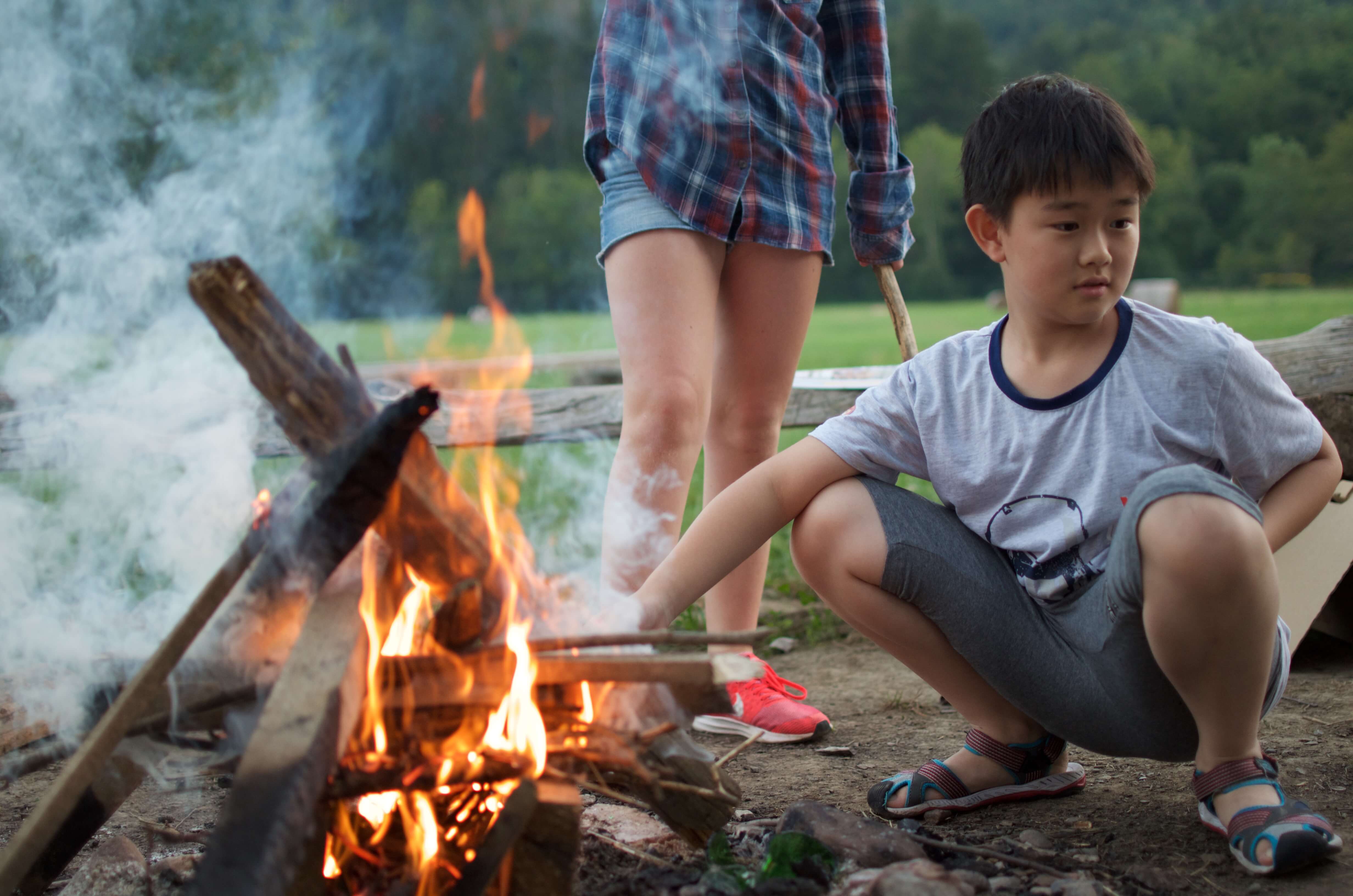
This seems like a new concept. Are there other camps in Slovenia doing the same type of training?
In regard to this specific organisation, we’ll be the first summer kids’ camp in Europe to have their mental health certification. There are mental first aid courses in Europe especially in the UK, however when it comes to camps as far as we’re aware we’ll be the first.
In saying that, I’d hope that all organisations working with children have some type of mental health training, especially in these times. Our children need support and understanding now more than ever which is what we’re doing at Explorer Camps.
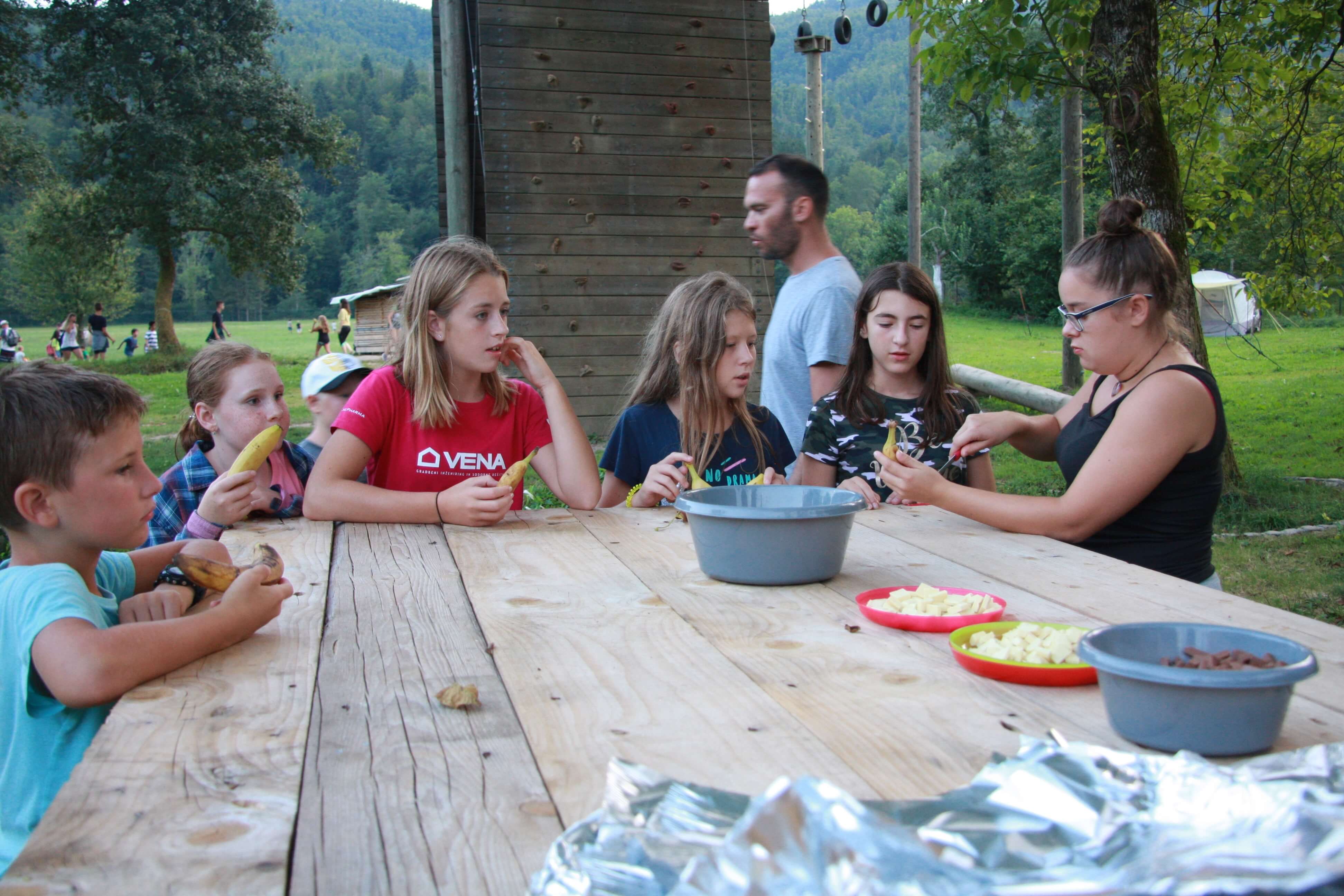
Lastly, taking all of this information into account. What can parents do about mental health?
Oh, that’s a hard one as again, I’m no expert on this matter … yet!
But the most important thing we communicate to our staff at summer camp is to take mental health seriously. Be aware. Be patient. Create a positive and caring environment.
Because, unfortunately, it’s just not taken seriously by society. It really isn’t.

You don’t think parents take it seriously enough?
I’m not saying that directly at parents, but society in general.
I liken it to this situation.
If a child breaks their leg, the last thing we say is to walk it off.
If a child contracts a serious disease, we wouldn’t dream of saying that it’s all in that child’s head.
If a child has an accident and loses feeling in their legs, we wouldn’t dare tell them to sleep it off and see how they feel in the morning.
But when it comes to mental health, too often those with the illness are told exactly this. Walk it off. It’s in your head. Sleep it off and see how you feel in the morning.
The first step to helping is changing our perception of what mental health is and how we can improve it. By making this simple change, children will feel our honest compassion and care. Then you can start to move forward … together!
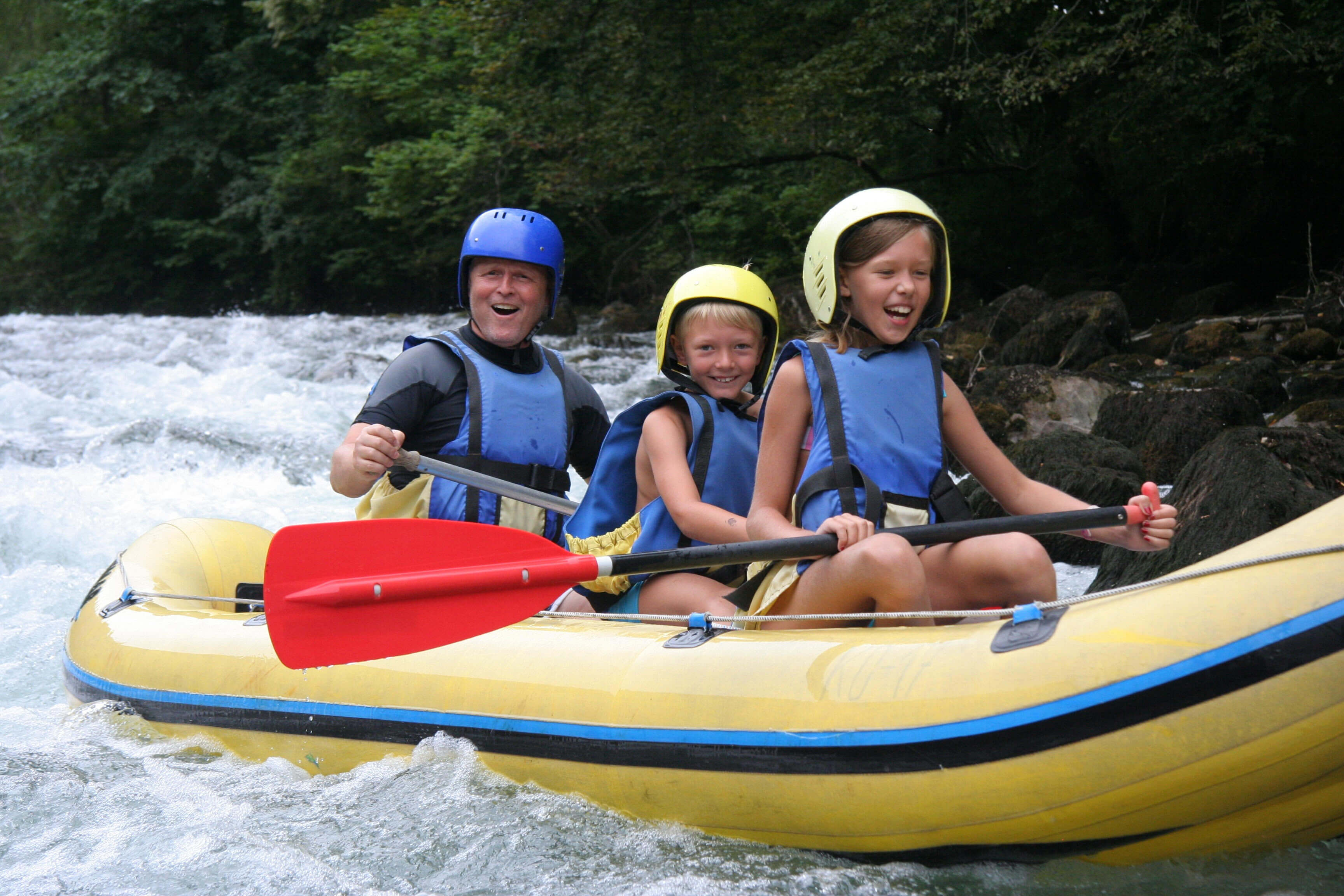
STA, 2 April 2021 - US tech giant Google will update its Street View service for Slovenia, starting on 8 April, said the Information Commissioner on Friday. Slovenia was first included in the application in 2014.
Google will take new photos in a number of Slovenian cities and towns, including, among others, Ljubljana, Maribor, Škofja Loka, Murska Sobota, Črnomelj, Postojna, Kočevje, Ptuj, Kranj, Novo Mesto, Celje, Koper, Nova Gorica, Brežice, Slovenj Gradec and Grosuplje.
The Information Commissioner said that it had not received any further information, adding that more information about personal data protection was available on Google website.
Google started to capture images of Slovenia's streets with its fleet of camera-equipped cars in the summer of 2013, whereas Street View was launched in the country in January 2014. Since then the company has been regularly updating the imagery.
Slovenia was the 55th country to be included in the application, which offers 360-degree imagery of streets and tourist sites. So far, more than 80 countries have been included in the project.
STA, 31 March 2021 - The Motorway Police Department became formally operational on Wednesday in what is a major step towards the formation of the Slovenian motorway patrol. The first patrols aimed at boosting the enforcement of traffic rules and improving safety on the motorway network are expected to hit the road in June.
Announcing the establishment of the department, the police said that the increasing volume of traffic on Slovenian motorways had led to traffic jams, accidents and violations of rules, while illegal migration and crime were also on the rise.
"The presence of police officers should therefore be increased on motorways and expressways," the police said, adding that the first step was the Motorway Police Department, to be followed by the Specialised Motorway Police Unit Ljubljana.
The latter is expected to dispatch the first patrols in June, and to be followed by four more regional units (Koper, Novo Mesto, Celje and Maribor), to be established by May 2022 so that the entire motorway network is covered.
According to police spokesperson Maja Ciperle Adlešič, once fully operational, the Slovenian highway patrol will employ 285 police officers, some of whom would be reassigned, while fresh recruits from police schools would also be hired.
The department, which is headed by former acting Police Commissioner Andrej Jurič, will be seated in Postojna. Its members will wear special uniforms and insignia.
Initially, it will perform only traffic control, while in the long run it is expected to gradually perform other elements of police work, such as criminal investigation, search for suspects and prevention of illegal migration.
It will be connected with other police units, traffic safety organisations and law enforcement authorities from Slovenia's neighbouring countries.
The police said that in addition to smuggling of illegal migrants, the Slovenian motorway network is being used for smuggling of illicit drugs and theft, in particular on rest stops during the peak tourist season.
At the opening ceremony in the building of the former traffic police, where the department will be seated, Interior Minister Aleš Hojs said that the department had long been a wish of the police and the national motorway company DARS.
"With the greater presence of police patrols on motorways we want to raise the level of traffic culture," he added.
DARS is to support the work of the new department, including with funds and by co-financing equipment and providing infrastructure on the Slovenian motorway network, but DARS chairman Valentin Hajdinjak did not want to go into details.
"Together with the police, we are introducing order on Slovenian motorways and guarantees that motorways will be safer," Hajdinjak added.
As for traffic safety, the national Traffic Safety Agency, which supports the idea of highway patrol as an "additional element of road traffic safety", noted that the number of accidents on Slovenian motorways had actually been decreasing.
While there were 1,956 accidents in 2018 and 1,947 in 2019, the figure dropped to 1,284 last year, while the number of pile-up collisions has been increasing, mostly as a consequence of hold-ups.
Speeding remains the main cause of accidents, followed by drivers not keeping a safe distance, and driving in the opposite direction.
Between 2017 and 2020, a total of 51 people were killed on Slovenian motorways, 183 were gravely injured and 1,934 sustained minor injuries.





